
In this month's case study we learn more about Vectric Aspire user Angie Orfanedes, a retired hobbyist woodworker from South Carolina, USA. Angie explains to us how he came to recognize the potential for CNC technology in his workshop and that this led him to face the challenge of building his own CNC Router. Three machines later he's making very good use of technology and utilizing Vectric's Aspire with it to make some really nice pieces which most professionals would be happy to produce.
We begin with Angie telling us about his career, and how the skills he acquired over the years helped when it came to merging his lifelong passion of woodworking with CNC technology…
"Before making the decision to retire I worked for Rockwell International where I was Vice President of Marketing and International Sales for the Power Systems Division. This role meant I was heavily involved in the marketing and sales for a range of industrial products, such as bearings, motors, gearboxes, etc. Despite the nature of this career though, I have always been a woodworker at heart. For example, about 30 years ago when my daughters were very young, I really enjoyed making them things, such as small pine chests with their names carved in the front. My daughters remembered these gifts, and only four years ago, one of our daughters asked me to make similar chests for her girls (our granddaughters). I was excited about this so got to work making them, but when it got to the stage of carving their names into the chest, I starting to think that there must be an easier way to carve other than by hand. That is when I discovered a video online showing a hobbyist-level CNC machine doing v-carving. With my side interest in computers, I was hooked."
"During my career I was involved with several metalworking companies and one of the tasks in my first job (circa 1970) was to manage a project buying a fancy lathe with a new-fangled technology called NC (before CNC). I was exposed to just enough to manual NC programming to realize that it was not for me – too tedious. Over the years though I saw more and more NC, and later CNC machines in the industry, but I always kept my distance because of my recollection of the drudgery of programming."
"Despite my experience with NC though, I succumbed to giving CNC a second chance, and after further research I decided that surely I'm smart enough to make my own CNC machine – how hard could it be? Little did I know! Despite the technical nature of making my own CNC, I persevered and looked at a number of designs for inspiration. Eventually I did design my own made of MDF, plywood, electrical conduit for rails, and skateboard bearings. Fortunately I decided to buy a high quality controller as well as quality motors. The final result worked reasonably well, but it was very slow and it flexed a bit, I thought I would die of old age before any projects actually finished. Nonetheless, I was truly fascinated with the technology."
"Eventually I decided to build a second machine after finding a new design online. For this one I utilized aluminum framing and the same controller and motors from machine #1. This machine was much better in terms of speed and flex, but it used skate board bearings on flat cold rolled steel, and chips were always getting in the way which bugged me. Because of this I found another design that looked good, called Joe's CNC (really), and I built one of those using (by now you guessed it) the same controller and motors. This one also uses aluminum for the frame work and has v rollers riding on v rails. While it is not perfect, it is in my view a very good machine and may well be my last. Even my understanding wife has her limits. However, if I won the lottery tomorrow I would likely buy a larger machine with a spindle and a …rotary axis…and a …you get the idea."
After hearing about Angie's CNC machinery we were interested to hear why he decided to use Vectric software.
"After building my first machine I tried to figure out which design software to buy, software that would help me with not have to deal with any of that dreaded programming. I asked for recommendations on a CNC build site, and luckily for me, Kent (Calgrdnr on the Vectric Forum) recommended VCarve Pro – I never looked back!"
"In short, Vectric software has made my CNC projects possible. Without Vectric software I would have most likely abandoned CNC as it would have been too frustrating and difficult. As with most skills there is a learning curve, but the free tutorials Vectric offer helped immensely. You have to approach them in a comfortable sequence, as if you take them all at once it can be overwhelming. The Vectric forum has also helped me very much, I was impressed by how many knowledgeable people were willing to help, including people from Vectric! Early on, I had the opportunity to visit another Vectric user, Tim Merrill (tmerrill on the Vectric forum) in his shop and ask him many questions – that also helped immensely. The Vectric software was great and the community was fantastic."
After learning about Angie's machinery and software, he kindly agreed to let us know what his first CNC project was and elaborated on a number of other projects from his impressive portfolio. Angie also goes on to explain what features available in Aspire helped him created each project…
Jesus Sign
"I got the idea for my first CNC project on a cruise in the Caribbean, my wife noticed a cross hanging in a taxi we were riding in. It used the letters of "Jesus" to form a cross. We bought one and brought it home, it was there that I decided I would try to make one on my newly made first CNC machine. I manually programmed it - it took me about ten tries, but it finally worked. While I was pleased with it, it did remind me of my distaste for manual programming."
Bird Feeder
"As with many of my projects, I approached this as a learning opportunity. I posted my intentions and progress on the forum both as a way to show my work and also to help hold my own feet to the fire, so I would finish the project."
"I found one of the most important tools I used for this project was Two Rail Sweep in Aspire."
"From this project I learned that the modelling of complex shapes has to be approached as a build-up of simple shapes. I spent a lot of time modelling a column, and was then able to copy and repeat it many times in this design."
Breadboards
"I created these breadboards as Christmas gifts (2012) for family and friends."
"When creating this project, I do admit to cheating a bit. Tim Merrill had posted a breadboard design that used a 3D model in the centre and a dipping bowl on one end. I took that and simplified it. Vectric software allowed me to do that quite easily and also helped me personalize the breadboards by VCarving the family name, as well as a Christmas messages, into it. I also personalized them on the back side, with our names and the dates."
"From this project I learnt that if you are going to make multiple copies of the same design, it gives you a chance to refine your design and toolpaths. But it also gets boring for me, after a while."
Nativity Scene
"This project was done to create some Christmas artwork for our home."
"To create it, I found a drawing online then imported it into Aspire. I was then able to add an arched-frame and a large star in the scene. Looking at the simulation, I could see several areas that needed some refinement. This was reasonably easy to do with the software's capabilities."
"This project was a massive v-carving job - I am always impressed at the effects you can achieve with v-carving."
"The center piece is made of maple which was sealed with several coats of shellac. After this was dry, I rubbed in a cherry gel stain and wiped it off of the high spots. Using this process on a v-carved piece gives good results."
Puzzle Chair
"This project was part of our 'Christmas Toys for Tots' charity program at our local woodworker's guild."
"The guild had some sample pieces that had been used for past projects, but because they were made using traditional methods it was hard to fit the pieces together. I wanted to make sure all the parts would easily fit together."
"I decided to change the design just a little to eliminate some design weight in the arm area and also changed the handhold to a heart –easy to do in Aspire! Since all the parts would be machined from Baltic birch plywood, I decided to use a .25 inch endmill for all the machining."
"A little trick I used for this project was taking a photograph of each part alongside a 12 inch scale. I then imported each photo into Aspire and enlarged it so that the 12 inch scale equalled the length of a 12 inch vector. After this I traced the parts with vectors to generate a finished shape. I then played around with nesting the parts to try to get the most parts per sheet of plywood. Aspire made both these approaches work well."
Maloof Chair
"I decided to make this Maloof chair (image top right & middle) for our home, and also to satisfy my urge to see if I could make a chair."
"To create it I bought a set of templates that were aimed at conventional woodworking methods. The local copy shop ran the template plan through their scanner and made a pdf copy that I was then able to import into Aspire so I could trace the vectors."
"When it came to this project, I also asked many questions on the forum about modeling the seat; and as usual, there were number of people willing to help. I made many models of all the components and was able to see what they would look like by running the toolpath simulations in Aspire."
"I decided to use walnut for this project which is expensive, so I wanted to make sure the parts were arranged to make efficient use of the wood. Once the models were done, machining was actually easy – I think running all those simulations gave me some needed confidence. After assembly with glue and screws, the final shaping was done with rasps and sandpaper. There was a lot of stepping back to make sure everything looked symmetrical as well as pleasing to the eye. This project became a bit more like sculpture and a little less like the conventional woodworking I had done in the past."
"Vectric software gave me the confidence I needed to tackle a project like this. For this particular project I think the simulations especially helped me."
"The image top right shows the chair sanded through 120 grit. You can see the arms and the seat front still needed shaping, so I would go back and forth with rasps and coarse grit sandpaper until it looked correct to me."
"This project taught me that it's possible for an amateur to make a respectable chair. I was also very pleased at how the rubbed oil finished turned out (image right middle). In the image bottom right you can see chair number 2 that I made…slightly different style."
Following on from his most recent projects, we were eager to see whether Angie had any projects he was currently working on, or had lined up for the future…
"As you can see above, I have become quite enamoured with the chair designs of Sam Maloof. Without a CNC machine and Vectric software, I would never consider those designs to be something I could tackle. But after making those two chairs of different designs, I now plan to make several more. If I get brave enough, I may even tackle a rocking chair (or two…or three)."
We would like to thank Angie for taking the time to talk to us about his experiences with CNC and Vectric software and how it has helped create the impressive pieces that make up a portfolio he can be proud of.
If you would like stay up to date with Angie's latest work then you can do so following user 'zeeway' over on the Vectric Forum.
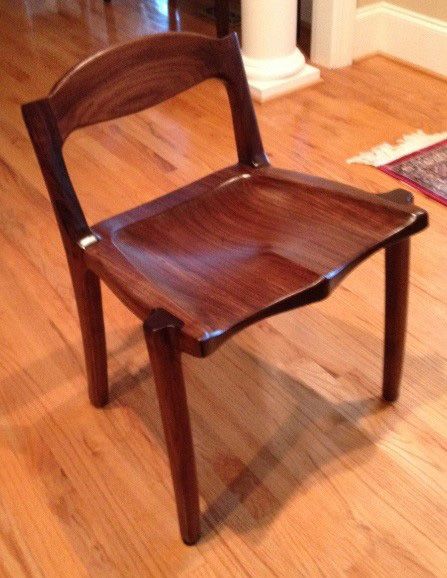
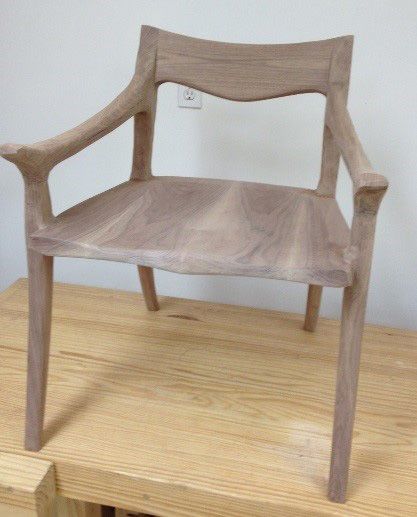


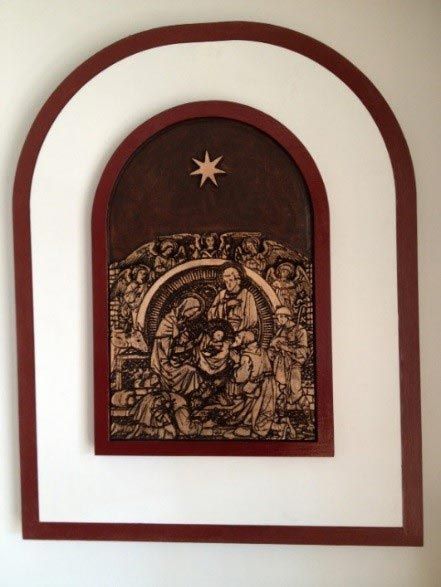
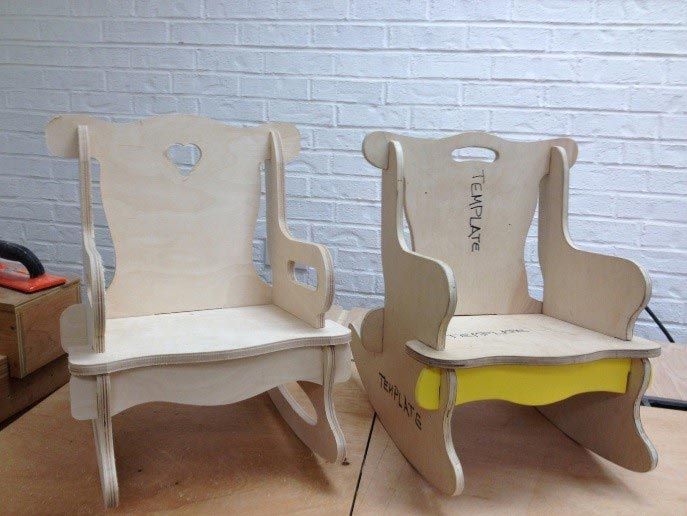
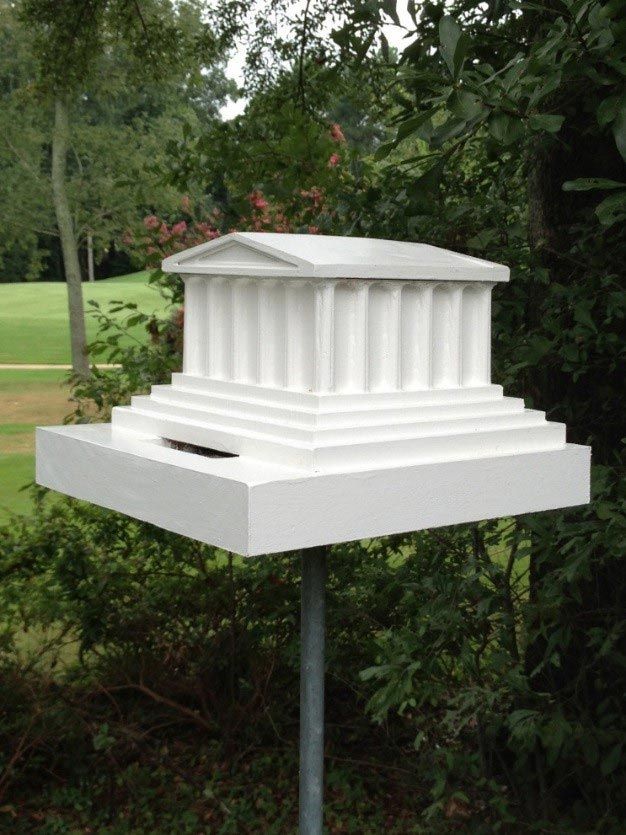
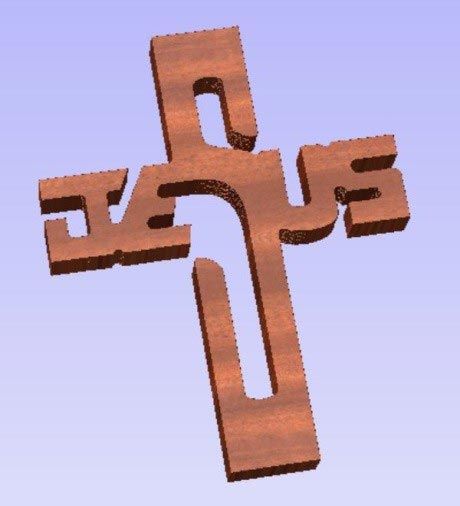
Vectric Ltd
Precision House
2 Arden Road
Alcester
B49 6HN
GB115123072
Privacy Policy |
Terms and Conditions